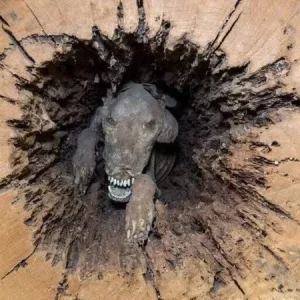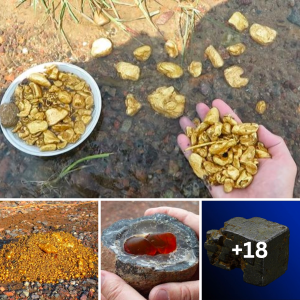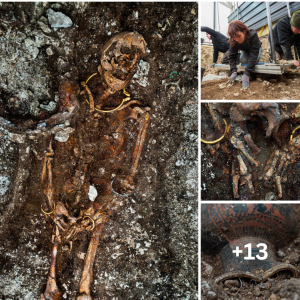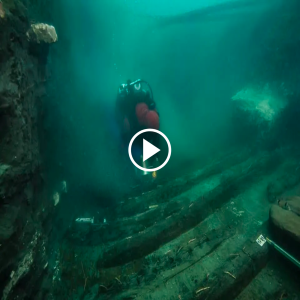The bones were discovered in a ditch near a former field hospital
:focal(600x400:601x401)/https://tf-cmsv2-smithsonianmag-media.s3.amazonaws.com/filer_public/a8/c3/a8c389f6-03e3-44b4-afec-1d39bd03b317/wu22-1816chrisvanhouts-copy-1200x800.jpeg)
Archaeologists carefully brush away dirt from the skeleton. Courtesy of Chris van Houts / Waterloo Uncovered
At the site of the Battle of Waterloo, archaeologists from the nonprofit Waterloo Uncovered have discovered a complete skeleton. The newly unearthed bones likely belong to a soldier who died there more than 200 years ago, says the team in a statement.
The deadly battle, which took place near Brussels in 1815, put an end to the Napoleonic Wars between France and other European nations. The decisive victory forced Napoleon to abdicate, and he spent the rest of his life in exile.
An estimated 20,000 men died at Waterloo; but after the smoke cleared, enterprising profiteers likely shipped remains to the United Kingdom to be ground into fertilizer, per the statement. Others were buried in mass graves or burned on funeral pyres.
In the past, researchers have uncovered many bones from horses and amputated human arms and legs on the battlefield—but they had only found one other full human skeleton, which makes this latest find significant. The newly discovered bones were in a roadside ditch near the main allied field hospital, surrounded by boxes of ammunition, medical waste and amputated bones.
“We don’t know whether that person was killed in a battle and the body brought here, or whether it was a patient who died in the hospital,” Tony Pollard, an archaeologist at the University of Glasgow and one of the project’s directors, tells Agence France-Presse (AFP).
Finding the skeleton near amputated limbs and other debris “shows the state of emergency” of the field hospital during the conflict, says Véronique Moulaert, an archaeologist from the Wallonia Heritage Agency, in the statement.
/https://tf-cmsv2-smithsonianmag-media.s3.amazonaws.com/filer_public/fe/fa/fefa18e4-6562-4e70-b9a8-71f95fce903e/2-an-articulated-skull-and-arm-discovered-at-mont-saint-jean-chrisvanhouts-1200x800.jpg)
The skeleton was found in a ditch near the Waterloo battlefield Courtesy of Chris van Houts / Waterloo Uncovered
“Dead soldiers, amputated limbs and more would have had to be swept into nearby ditches and quickly buried in a desperate attempt to contain the spread of disease around the hospital,” she adds.
After slowly and carefully brushing away dirt from the skeleton, archaeologists will take it to the Royal Belgian Institute of Natural Sciences in Brussels, where they will wash the bones and study them under a microscope, reports the Brussels Times’ Dennis Abbott. Testing should reveal the age and gender of the soldier.
The skeleton is the latest Waterloo remnant unearthed by the charity Waterloo Uncovered, which since 2015 has involved international veterans and students in the battlefield excavation. In 2019, the group discovered musket balls, leg bones and a six-pound cannonball at the site. The pandemic put the project on hold until earlier this month.
The group is also undertaking the first large-scale geophysical survey of the Waterloo site in hopes of finding mass graves, lost structures or large collections of metal. But in the meantime, the researchers are still excited about their latest find.
“I’ve been a battlefield archaeologist for 20 years and have never seen anything like it,” says Pollard in the statement. “We won’t get any closer to the harsh reality of Waterloo than this.”





